Introduction to Storyboarding for Animated Films
Course final project
A course by Petra Popescu , Storyboard Artist
About the final project for: Introduction to Storyboarding for Animated Films
Introduction to Storyboarding for Animated Films
“We have now come to the end of this course on storyboarding. Thank you for the participation! I hope you had as much fun as I did and that you were able to deepen your knowledge. Now you can focus on your project! But first, let me remind you that I don't want you to follow my example project to the last detail, I want you to let your own inspiration run free. Here I recap the steps you need to follow to create your storyboard. Screenplay and thumbnails First of all, you analyze the script to understand what is happening in the scene. From what point of view is the scene told? Who is the main character? What are the emotions and what is the conflict? Based on this, you plan the camera settings for the scene by creating thumbnails, either directly digitally under the script or with pen and paper.

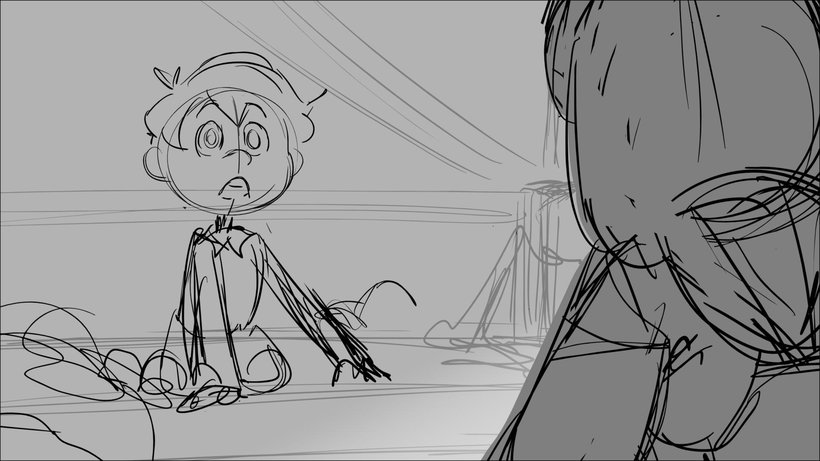

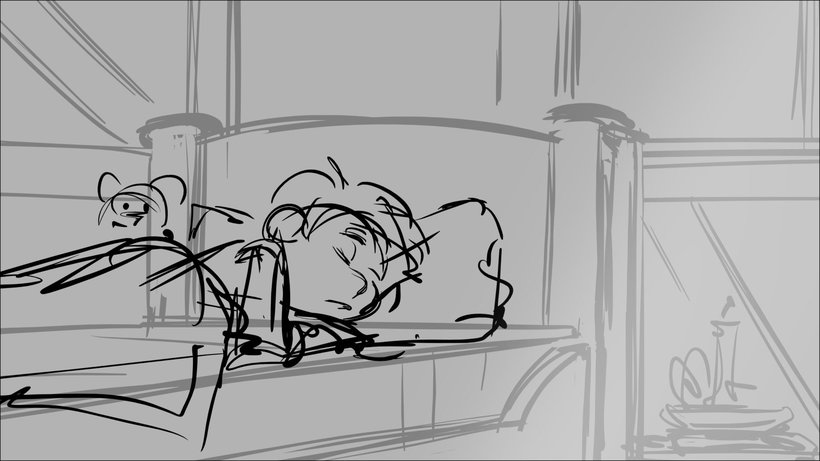
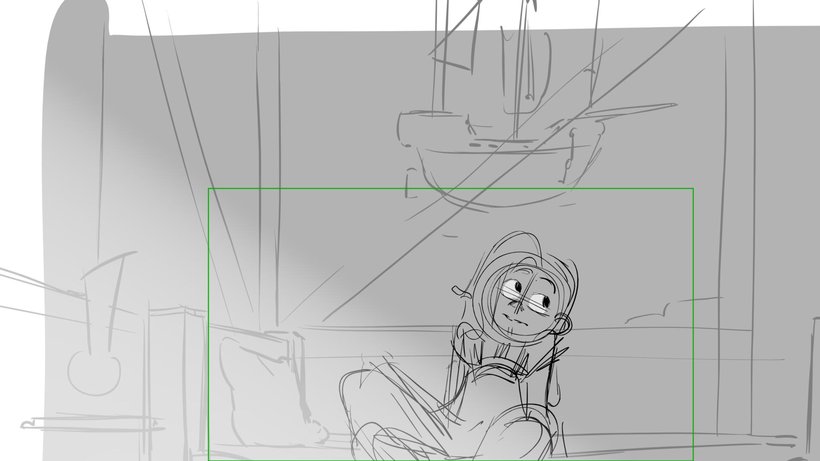
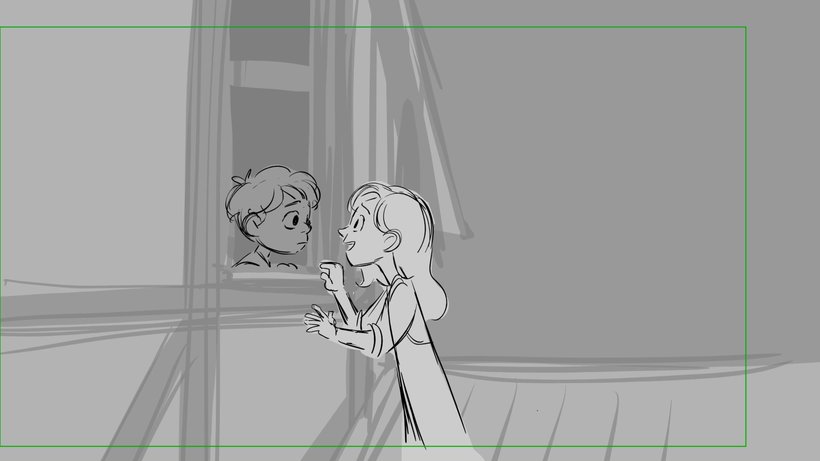
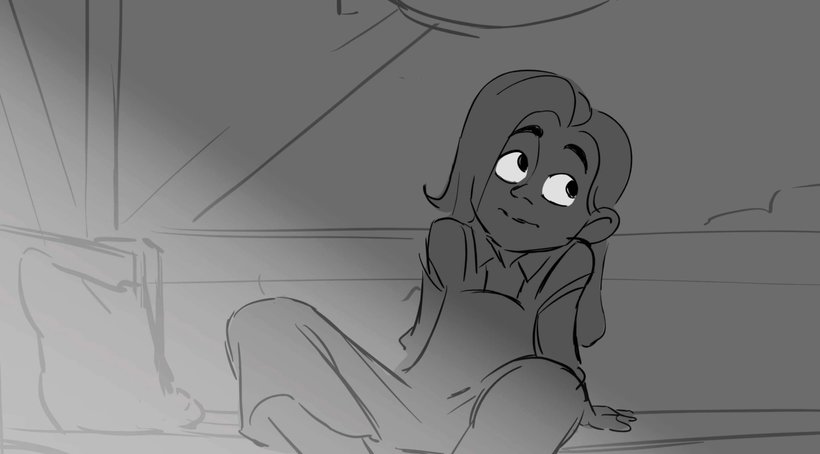


Partial transcription of the video
“So. we've come to the conclusion of this course. Thank you for your interest and active participation. I hope you gained valuable insights for your personal projects and endeavors. Storyboarding can be really challenging at first. But don't get discouraged. because every beginning is tough. Enjoy the material and develop the scene in a way that brings you the most joy. In this course. you've learned key skills. Initially. i covered storyboarding and cinematography. These foundational elements are crucial for your creative projects. Then we looked at the application of film editing. We then ...”
This transcript is automatically generated, so it may contain mistakes.
Course summary for: Introduction to Storyboarding for Animated Films
-
Category
3D & Animation, Illustration -
Areas
Animated Illustration, Animation, Character Animation, Digital Illustration, Drawing, Figure Drawing, Motion Graphics, Storyboard, Traditional illustration

Petra Popescu
A course by Petra Popescu
Petra Popescu lives in Germany and works as a freelance storyboard artist in the animation industry. After graduating with a degree in graphic design, she found her calling during the first few projects she worked on as a prop and character designer and director's assistant. She started exploring the world of black-and-white Japanese comics at a young age thanks to anime series Dragon Ball, sparking her life-long fascination with the expressive power of a few simple lines and shading.
The current aim of her art is to elicit intense emotions from her audience using minimal resources. Her work ranges from film projects and video game cinematics to US and German children's shows, as well as movies and series for Netflix.
- 94% positive reviews (71)
- 4,410 students
- 18 lessons (3h 46m)
- 21 additional resources (9 files)
- Online and at your own pace
- Available on the app
- Audio: German, English, Spanish (Latam), French, Italian, Portuguese, Turkish
- Spanish · English · Portuguese · German · French · Italian · Polish · Dutch · Turkish · Romanian · Indonesian
- Level: Beginner
- Unlimited access forever
Category
Areas


